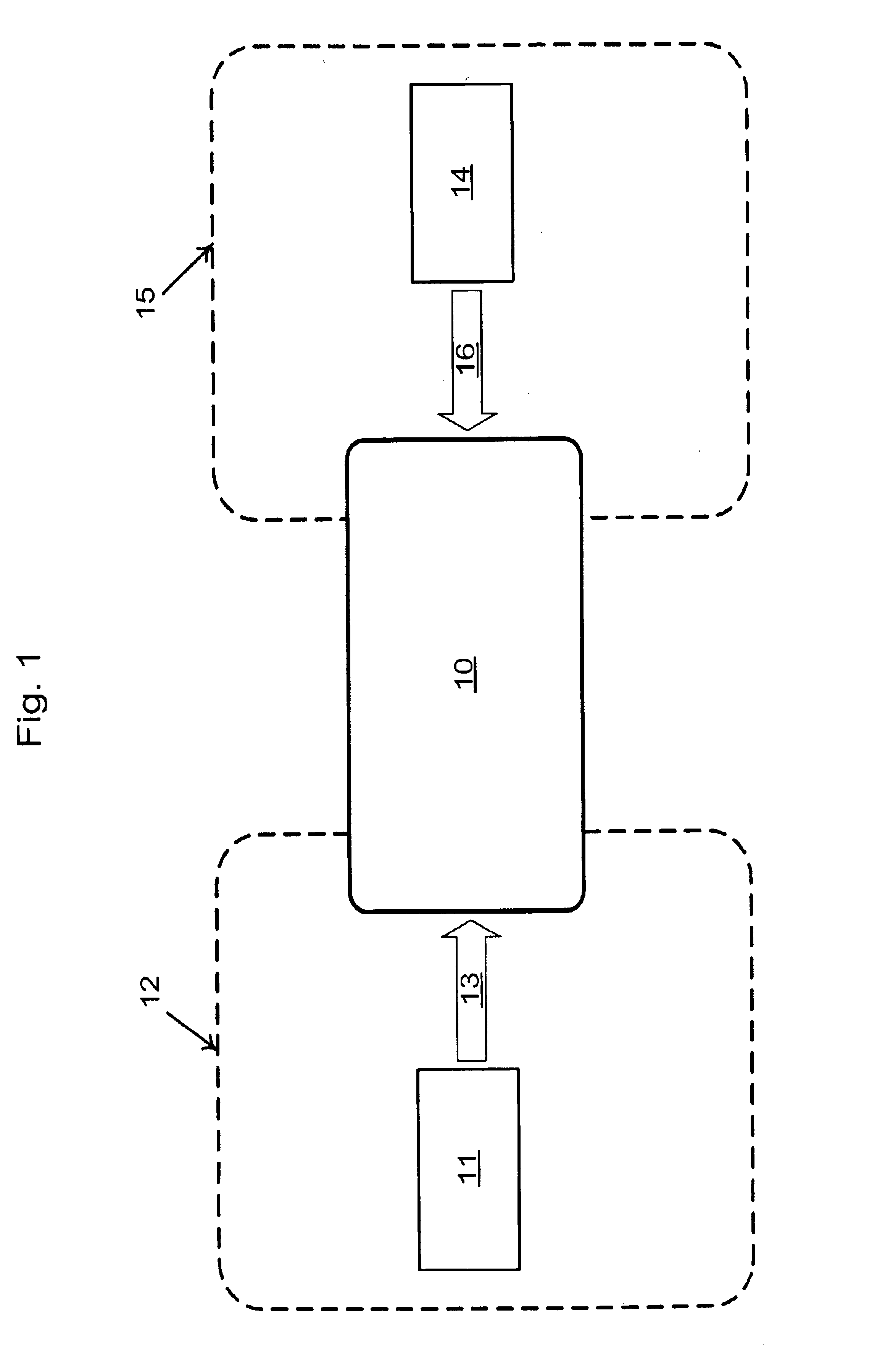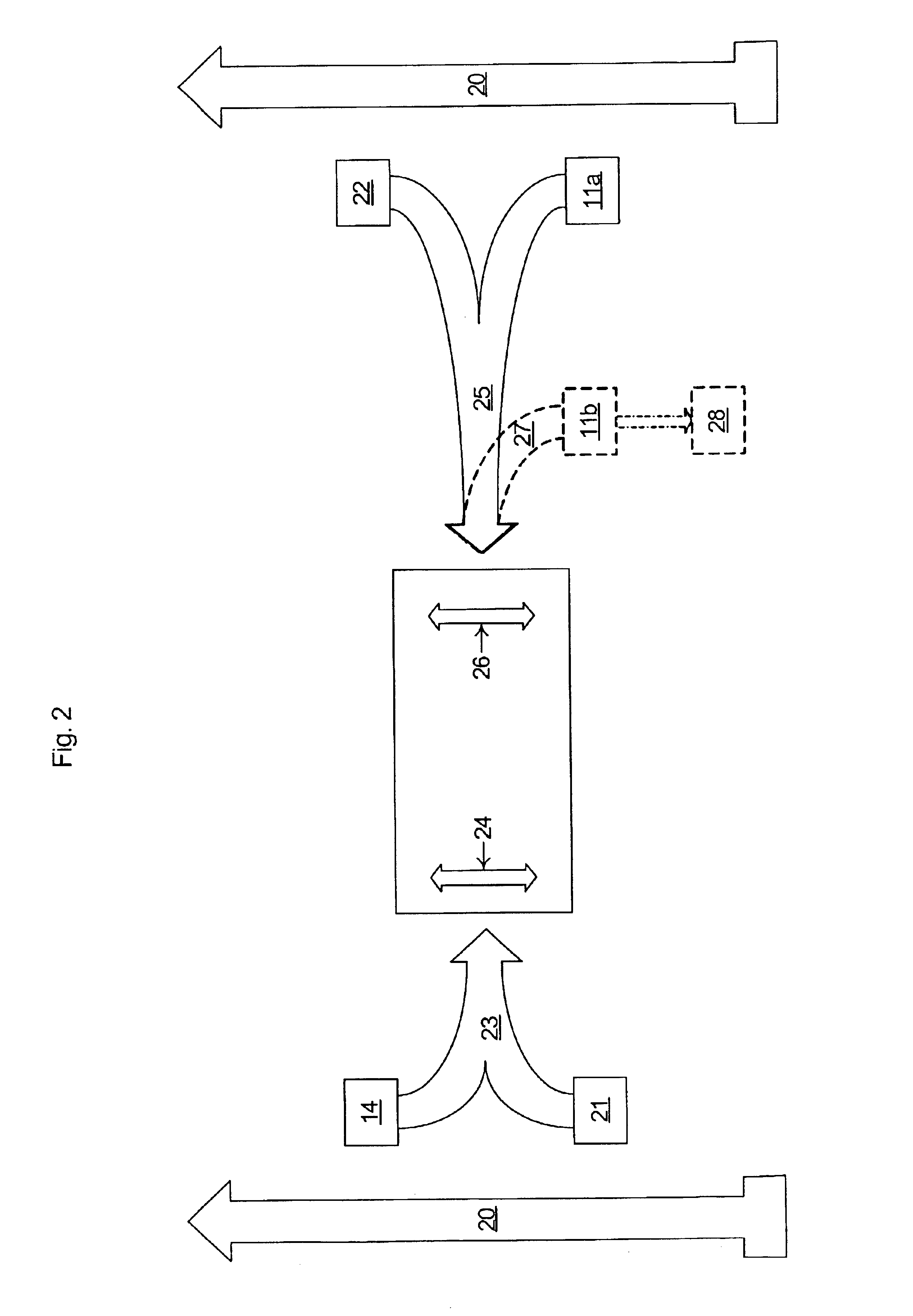Methods of adjusting the Wobbe Index of a fuel and compositions thereof
a technology of wobble index and fuel, which is applied in the field of fuels, can solve the problems of severe problems, inability to meet the needs of tail gas fueling the utilities unit, etc., and achieve the effects of reducing the heating value of the fuel, reducing the wobble index, and small to negligible impact on the furnace and burner
- Summary
- Abstract
- Description
- Claims
- Application Information
AI Technical Summary
Benefits of technology
Problems solved by technology
Method used
Image
Examples
example 1
[0060]This example shows how a natural gas stream can be blended with N2 to provide a blend having a lower Wobbe Index than that of the starting natural gas. Various ratios of N2 to the fuel gas are studied where the properties of the fuel gas are shown in the following table:
[0061]
TABLE IIIBlends of N2 with fuel gas% Nitrogen10203040506070% Fuel Gas90807060504030Hydrogen0000000Methane81726354453627Ethane8.17.26.35.44.53.62.7Propane0.90.80.70.60.50.40.3i-Butane0000000n-Butane0000000i-Pentane0000000n-Pentane0000000Ethylene0000000Propylene00000001-Butene00000001-Pentene0000000Carbon Monoxide0000000Carbon Dioxide0000000Nitrogen10203040506070Argon0000000100100100100100100100Higher Heating Value983874765656547437328Molecular Weight18.58619.63220.67821.72422.7723.81624.862Specific Gravity0.62120.65620.69110.72610.76100.79590.8309Wobbe Index124810780920770627490360Ratio Wobbe Index of3.5103.0352.5882.1641.7621.3781.012Blended Fuel to Tail Gas
[0062]Thus about 21 percent by volume of N2 is n...
PUM
 Login to View More
Login to View More Abstract
Description
Claims
Application Information
 Login to View More
Login to View More - R&D
- Intellectual Property
- Life Sciences
- Materials
- Tech Scout
- Unparalleled Data Quality
- Higher Quality Content
- 60% Fewer Hallucinations
Browse by: Latest US Patents, China's latest patents, Technical Efficacy Thesaurus, Application Domain, Technology Topic, Popular Technical Reports.
© 2025 PatSnap. All rights reserved.Legal|Privacy policy|Modern Slavery Act Transparency Statement|Sitemap|About US| Contact US: help@patsnap.com


